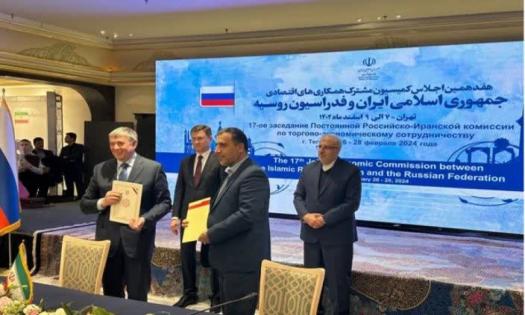
Collaborative Research Projects
|
International Collaborative Research between the University of Zanjan and Chinese Academy of Sciences
Design and construction of solar furnace, used to study the performance of high temperature absorbing material and solar receiver/reactor in China and Iran
|
|
International Collaborative Research between the University of Zanjan and Institute of Geology and Geophysics, Chinese Academy of Sciences Iranian Project Leader: Dr. Ghasem Nabatian, the University of Zanjan Execution duration: 3 years Following the Memorandum of Understanding (MOU) between the University of Zanjan (ZNU) and the Institute of Geology and Geophysics, Chinese Academy of Sciences (IGGCAS) to initiate academic, research and technological cooperation, the joint-applied project of “Cooperative research of microbeam analytical techniques of rock and minerals” which funded by “Strategic international cooperation for technology Innovation” of National Key Research and Development Plan has been approved. Based on the data, we attempt to constrain the source of main important ore deposits in Iran as well the relationship between host rocks and these mineralizations to get more insight for the geodynamic and metallogeny of Fe and Cu in Iran.
Presents of Chinees Proffesers in University of Zanjan
SIMS (Secondary Ion Mass Spectrometer Laboratory) Methodology or Project Design/ methods are as following:
|
Collaborative papers of Engineering faculty and forein universities
| German Academic Exchange Service (DAAD) |




